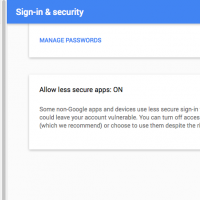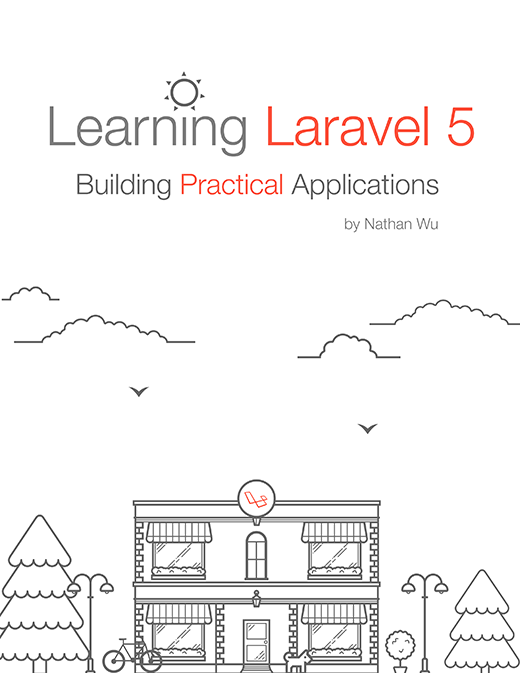Build a Time Tracker with Laravel 5 and AngularJS – Part 2
This is the second of a two-part series on using Laravel 5 and AngularJS together to build a simple time tracking application. If you’ve gone through part 1, you’ll have seen that we put together the front-end first and used a simple JSON file with some mocked-up data to test with. We left off with the ability to add new time entries and have the total time from all of them display on the side. We didn’t include any way to edit or delete the time entries, and of course there was no persistence to a database.
In this part we will complete the application so that the time entries get stored in a database and our Angular front-end and Laravel backend work together to create, read, update and delete from it.
Link:
This post is submitted by our members. Submit a new post.
Topics: PHP Laravel AngularJS Javascript
















